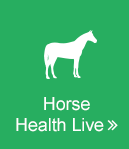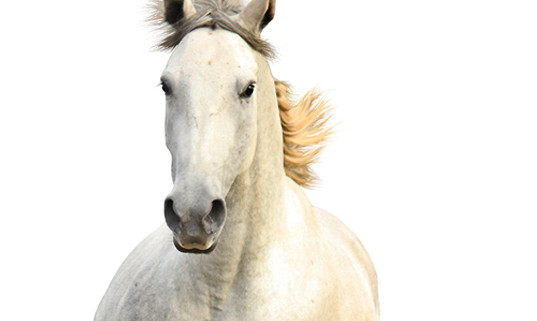One of the most common health concerns horse owners face is osteoarthritis, also known as Degenerative Joint Disease (DJD). As our horses age, we begin to notice changes in behavior that suggest they are slowing down. Some of the signs we begin to notice are shortened gates, uneven stride, difficulty picking up or changing leads, joint swelling or you actually observe stiffness or lameness in their movements. This chronic discomfort can lead to a grumpy or disinterested attitude and even inhibit their enthusiasm for work. Trainers and owners typically begin to notice these changes after their horses have had a busy day of exercise or when the weather gets cold. You may spot early signs of stiffness in horses when they first start to exercise before they warm up. Subtle changes in movement can be tricky to catch if you’re not keeping an eye out for it.
Anatomy of the Joint
A joint is any place in the body where two bones come together to allow for motion. The ends of the bones are covered in a shock-absorbing cushion called cartilage and a membrane filled with lubricating fluid encapsulates most types of joints. Ligaments are the connective tissue outside of the joint that connect the bones to each other. The purpose of all of these cushioning tissues and fluid is to protect the bones at these delicate junctures. As animals & humans age, the cartilage can deteriorate and the fluid can thin. When that happens, we call it Degenerative Joint Disease (DJD) or Osteoarthritis. As DJD progresses it can cause the joint to wear down, change shape, create bone spurs or even broken chips of bone / cartilage can get into the joint. All of these complications are very painful!
What causes Degenerative Joint Disease?
DJD is very common and can be brought on by a variety of causes so the root cause is not always well understood. Some breeds (particularly large breeds such as Warmbloods or drafts) are predisposed to joint conditions because their heavy bones put a lot of stress on the joints. Exercise is important for animals’ physical and mental health, but abnormally high amounts of wear and tear can lead to injuries or deterioration of the cartilage in hard working performance horses. Long term use of medications like steroids can also increase likelihood of DJD.
What can I do if I think my horse has Degenerative Joint Disease?
If you start noticing changes in behavior or movement mentioned above the best place to start is to see your veterinarian so they can assess the severity of the condition. Your vet will examine the joints, feel the range of motion and may even take some radiographs (x-rays) to look for changes in the joint shape.
Depending on the severity of the degradation, the vet could recommend a variety of options. Horses in a lot of pain may require anti-inflammatory drugs and extreme cases may even need surgery to reconstruct / replace parts of the joint or repair ligaments. But do not fear! Those are extreme cases!
Most cases can be caught early enough when less invasive (and less expensive!) options are available. The easiest thing you can do to help take care of your horses’ joints is to add a joint support nutraceutical to their daily routine. Joint support is the largest category of natural supplements because joint disease is so prevalent and because the symptoms are much more visible than other conditions such as with the heart or liver. There are dozens (if not hundreds) of natural products on the market to help support and maintain healthy joint function for horses.
How do Joint Nutraceuticals work?
Glycosaminoglycans (GAGs) are a type of molecule that help make up cartilage and provide that cushioning / lubricating property. As with all tissues in the body, cartilage is continuously broken down, repaired, and rebuilt, but only if the components it needs are present. When taken orally, the body can use these nutrients as building blocks to keep cartilage healthy. Types of Glycosaminoglycans include hyaluronan, chondroitin, dermatan, heparin, and keratin. The most commonly used GAG oral supplements are chondroitin sulfate and hyaluronic acid. Doctors and scientists continue to debate whether or not oral joint support products actually allow the GAGs to get to the joint and make a difference or not. The data may still be inconclusive (we are talking about Animal Health Products – not drugs after all!), but the fact remains that thousands of people and animals around the world are getting great results from natural joint products. If a safe, natural product that will not harm your horse could significantly improve the quality of their life, why not give it a shot?
Studies
Diet and disease: exploring the link through nutrigenomics.
Diagnosis and treatment of degenerative joint disease in a captive male chimpanzee.
Non-terminal animal model of post-traumatic osteoarthritis induced by acute joint injury.


